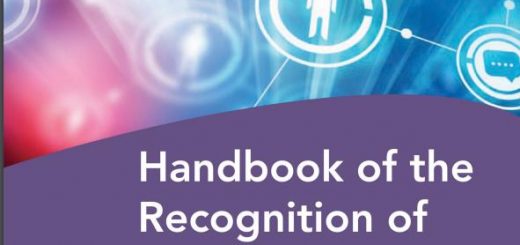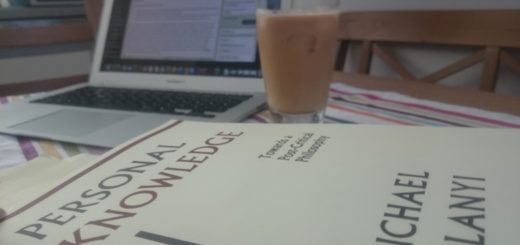A Pattern Language for Tacit Knowledge @PUARL2016
This was exciting! ![]() On Saturday, 29th of October 2016 I held my presentation via the online conference tool Zoom at the PUARL conference in San Francisco!
On Saturday, 29th of October 2016 I held my presentation via the online conference tool Zoom at the PUARL conference in San Francisco!
(At twitter you can see all tweets all at #PUARL16 or #PUARL)
Here my PREZI slides: http://prezi.com/z4epzinqezg3/?utm_campaign=share&utm_medium=copy
My presentation’s title is “A Pattern Language for Tacit Knowledge”. I propose that the pattern approach can help to communicate outcomes of prior informal learning, which has many tacit aspects. Communication of this tacit knowledge is especially relevant for recognition procedures for prior learning in higher education. It should not matter where you learned, but THAT you learned.
Pattern mining and writing can help to discover patterns of practice, to reflect on them, learn about yourself and let other people know what you are capable to do! Also, I shared experiences from the VALERU project.
The paper to the presentation
Also, the paper to my presentation is online available at the PUARL website: https://blogs.uoregon.edu/puarl2016/papers/ at “3. Evidence Based-Process and Pattern Languages”.
(or directly here: https://drive.google.com/file/d/0B4I8ECUAe5tNVWloT0UybEFaeW8/view?usp=sharing)
The abstract of my paper “A Pattern Language for Tacit Knowledge”
“In a fast-changing society, which is challenged by demographic changes, the integration of large numbers of refugees and on-going technological developments, it is necessary to support people in becoming autonomous, lifelong learners in order to participate in society. Higher education institutions need to take this trend into account. People not only learn at university, but throughout their whole lifespan and need ways to measure their learning against common standards as to communicate the level of their expertise and to design their further learning pathway. Professionals develop their expertise only through experiential learning and their abilities are tacitly embedded in daily routines at work.
They often cannot explicitly communicate their learning to laypersons and most experts are even unaware of the significance, the depth and variety of their competences and skills. Christopher Alexander’s pattern theory provides the chance to document this experiential learning and make it explicitly approachable. This is an important prerequisite for the validation of informal learning. Pattern languages for tacit knowledge have the potential to ensure the transparency of validation procedures in higher education institutions. Through patterns and pattern languages, the gap between theory and practice, which is immanent in validation procedures in higher education, can be closed. The pattern approach can act as a communication strategy between validation candidates and facilitators/assessors.” (Isabell Grundschober et al, 2016)
Grundschober, I., Baumgartner, P., Gruber-Mücke, T., & Sickinger, R. (2016). A Pattern Language for Tacit Knowledge. Retrieved November 3, 2016, from https://drive.google.com/drive/folders/0B4I8ECUAe5tNRkhJVm11NUJtWGc



